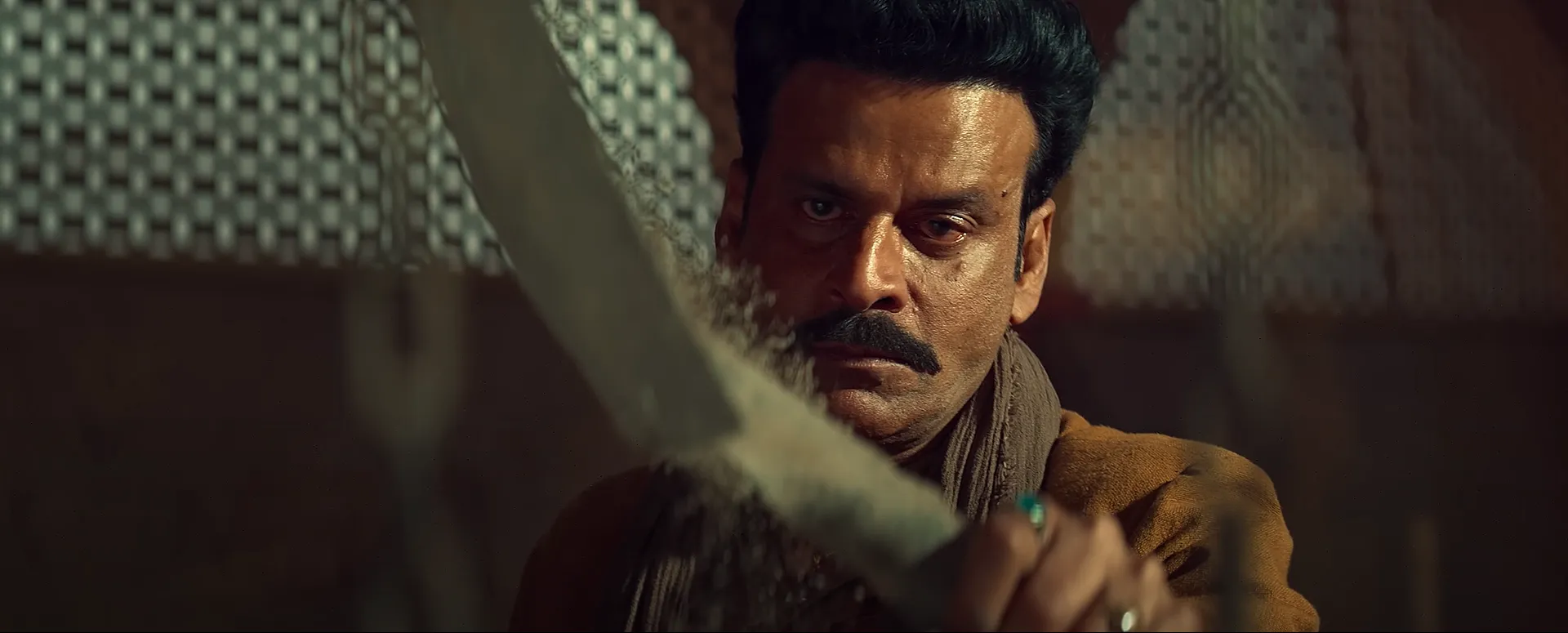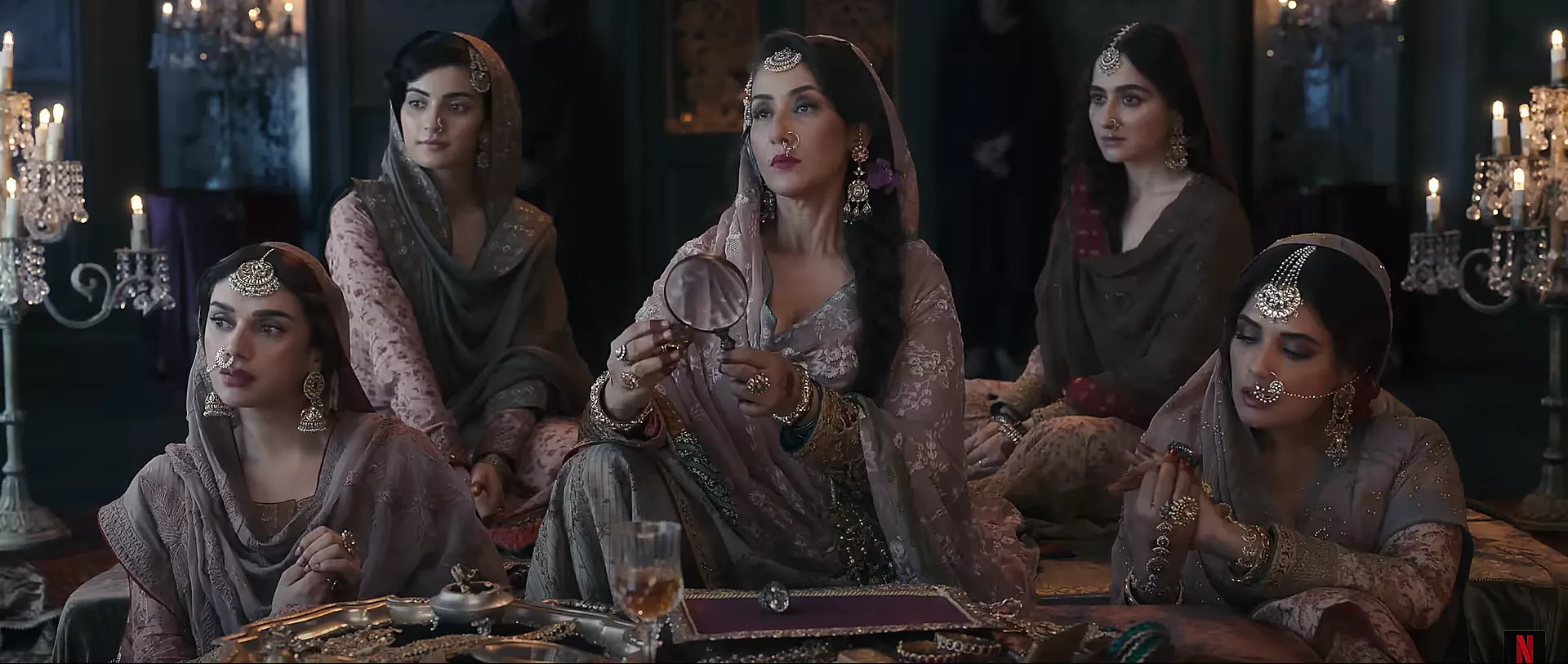The movie “The Menu” is a dark comedy that satirizes the world of gourmet food and the excessive wealth of its patrons. Directed by Mark Mylod, the film takes place on the secluded island of Hawthorne where a group of affluent guests have gathered for an extravagant dining experience. As the evening progresses, it becomes clear that something sinister is afoot, and Chef Julian Slowik, played by Ralph Fiennes, has a hidden agenda for his guests.
Brief overview of the movie The Menu
“The Menu” follows the journey of the guests as they navigate through a series of meticulously prepared courses by Chef Slowik and his team. Each course reveals more about the true nature of the evening, leading to a shocking climax. The film explores themes of wealth, elitism, and the loss of joy in the culinary world.
Popularity and reception of the film
“The Menu” has garnered attention for its biting satire and exceptional performances from its cast, including Ralph Fiennes, Anya Taylor-Joy, and Nicholas Hoult. The film has been praised for its sharp script and technical execution, creating a visually stunning and thought-provoking cinematic experience. As with any film, opinions may vary, but “The Menu” has certainly generated discussions among audiences about its themes and ending.
II. Setting the Stage: The Island and the Guests
Setting the perfect stage for this satirical horror, Hawthorne Island is where Chef Julian Slowik’s restaurant, the epitome of elitism in the food industry, is nestled amidst the natural fauna. But as the movie progresses, it slowly unveils that behind the opulent façade of this prestigious dining location, lies a sinister plot concocted by Chef Slowik himself.
Introduction to Hawthorne Island and Chef Slowik
The tantalizing adventure starts when the guests are greeted by Elsa, the maître d’, as they set foot on the private island. It’s here that the exclusivity of this dining experience, located on a secluded island, instills a sense of special privilege among the guests. However, the island holds a secret – Chef Slowik’s quarters that are off-limits to everyone, sparking intrigue and speculation.
Chef Julian Slowik, renowned for his culinary prowess, has seen the peak of his career shadowed by the pretentiousness and elitism that permeate the industry. His resentment for the culture created by these affluent patrons has led him to devise a plan – a plan veiled as his final masterpiece.
Introduction to the guests and their diverse backgrounds
The list of privileged guests, ready to embark on this gastronomic journey, features a range of personalities. The group includes:
- Tyler, an aspiring chef enamored by the taste of the opulent life
- Margot, a down-to-earth woman who finds herself a substitute date amidst the gourmet fanfare
- Lillian, an influential food critic along with her editor, Ted
- George, a once-famous movie star and his assistant/girlfriend Felicity
- Richard, a wealthy businessman and his wife, Anne
- The trio Soren, Bryce, and Dave, unapologetic finance professionals from a tech company investing in the restaurant
Each character brings an abundance of wealth and a taste for luxury, unaware of Chef’s tragic contempt for their elitist lifestyle. Their arrival sets the stage for the unraveling of Chef Slowik’s nefarious plan, culminating in a climax that sends shivers down the spine.
III. Uncovering the True Purpose of the Dinner
As the evening progressed in this twistedly delicious banquet, many horror-tinged surprises unfolded at the extravagant dining industry’s event. Let’s deep dive into some plot revelations.
Chef Slowik’s Plan and Intentions
In The Menu, the audience and the guests are led on an extravagant culinary journey by celebrated Chef Julian Slowik. However, as the night closes in, it becomes crystal clear that more is on the menu than just world-class cuisine. The esteemed guests are taken aback to learn about the Chef’s ultimate plan; he intends to assassinate each guest, his team, and himself by the end of the evening! This revelation leaves the guests and spectators in a state of complete shock and emotional turmoil.
Unveiling the Secrets of the Guests through the Menu
By taking a closer look at the unique and exceptionally planned menu by Chef Slowik, we uncover the real motives, secret plans, and underlying themes of The Menu. It’s not just about the rich, decadent food, but also about the Chef’s clever way of unveiling the true essence of his guests.
Every dish intended to make the affluent guests face the music of opulence, hedonism and the impacts of their indulgences on coveted fine dining. The disturbing finale of the movie served its purpose in terms of driving the nail deep into these themes. This extravagant dinner proved to be more about reflecting on vices than about celebrating virtues.
The filmmaker’s clever use of the luxurious dining experience as a metaphor for society’s wealth disparity and pretentious food industry served as the backbone of this compelling narrative. In this gripping black comedy horror, the critics were not the ones criticizing but being criticized, in a gruesome way that they were completely unprepared for.
IV. Margot: The Odd One Out
As the rich and affluent gather for a dining experience like no other in “The Menu,” directed by Mark Mylod, we are introduced to a character that stands apart — Margot played by Anya Taylor-Joy. While the rest of the guests revel in their excessive wealth, Margot’s persona radiates a contrasting humility that catches our attention.
Contrasting Margot with the other guests
Many elements highlight Margot as the odd one out amongst the crowd. The rest of the guests are:
- Wealthy and indulgent
- Accustomed to luxury
- Detached from the authentic human experience due to their wealth
- Oblivious to their consequences due to their affluence
Conversely, Margot deviates from this pattern. She does not conform to the elite squad’s standards, which makes her character all the more intriguing.
Margot’s simplicity and authenticity in contrast to the pretentiousness
Margot showcases a refreshing simplicity and authenticity, which stands in stark contrast to the pretentious atmosphere of the dining event. Her character represents an antidote to the overall decadence represented by the elite guests, reminding us of what true human connection and experience should look like. This element of her character shines through, especially in the closing scene, where she is the sole survivor. Margot’s escape is symbolic of her refusing to be consumed by the excessive wealth and self-indulgence that seals the fate of the other guests.
In sum, the stark contrast between Margot and the other guests and her survival in the final scene adds further depth to the social commentary that “The Menu” delivers through its dramatic twist of an ending.
V. Margot’s Cheeseburger and Slowik’s Recognition
As the twist and turns in “The Menu” unfold on the screen, the climax of the movie features a particularly notable incidence – Margot (Erin) requesting a cheeseburger. This unusual food choice during such a gourmet dinner baffles many. But let’s dig into the abyss of this act.
The significance of Margot’s request for a cheeseburger
Margot’s solicitation for a cheeseburger in the face of Slowik’s exotic cuisine brings a sociopolitical undercurrent to the movie. It exhibits her explicit rejection of Slowik’s subtle display of elitism and superiority through food, further encapsulating that a simple, humble food can give the same satisfaction as an ostentatious and exorbitantly priced dinner, if not more.
Slowik’s nostalgia and connection to his humble roots
For Chef Slowik, the request for a cheeseburger from Margot was an unexpected yet thought-provoking moment. In his world of gourmet cooking and fine dining, the mention of such an everyday food item instantly connected him back to the simpler times and his love for cooking. It resonates with the fact that he had lost the joy in his art, overwhelmed by the industry’s pretentiousness and pomposity. The cheeseburger acts as a symbol, reminding Slowik of his humble roots and the joy cooking brought to him.
In a movie filled with darkness and violence, this final act helps to balance the sinister theme while uplifting the storyline’s social commentary discussion. Despite the complicated layers of the narrative, the “The Menu’s” ending is grounded by the simplicity and authenticity of a cheeseburger – a much-needed reality check for both the characters and the audience.
VI. Tyler’s Fate and the Irony of Pretentiousness
The critical discourse around “The Menu” has often revolved around the complex character dynamics and the climactic ending. Particularly, it is Tyler’s fate that captivates much of the audience’s attention.
Tyler’s Downfall and Ultimate Humiliation
Tyler (Nicholas Hoult), a character shown to indulge in the societal status and elitist air that comes with Hawthorn’s fine dining, is one of the unfortunate guests who succumb to Chef Slowik’s fiery wrath at the end of the movie. Throughout the narrative, he is painted as a soft boy with an air of condescendence, making his downfall in the film all the more ironic.
Beyond the surface level shock of the plot twist, there’s an underlying irony in Tyler’s fate. His fixation with social status and dining etiquette—symbols of societal pretentiousness—are ultimately what leads to his demise and embarrassment. The wealthy and self-serving lifestyle he clung onto, and his indifference to the human values of warmth, community, and authenticity is duly punished by Chef Slowik’s deadly plot twist.
The Contrast between Margot’s Survival and Tyler’s Demise
In stark contrast to Tyler is his companion, Margot (Anya Taylor-Joy), who manages to escape the horrific fate befallen on the rest of the guests, showcasing the power of resilience and authenticity amidst chaos.
Unlike Tyler, Margot’s character development through the film’s narrative presents her as more in tune with the genuine human experience. This contrast in their character dynamics could potentially symbolize a critique of societal pretentiousness and consumerism, adding another layer of complexity to the dark comedy.
To sum up, “The Menu” brings up a dramatic ending, with bold strokes of irony and commentary pinned onto the characters, especially Tyler and Margot. It makes for an intriguing exploration of the extreme measures it takes to expose the consequences of a disconnected, indulgent lifestyle catered only to the affluent.
VII. The Deeper Themes and Social Commentary
The Menu, beyond its gripping plot and darkly comedic undertone, is a broad critique of our society, challenging ingrained social norms, consumer culture, and artistic integrity. Two particularly prominent themes are the critique of social media, foodie culture, and the narrative around the artist’s struggle and loss of passion.
In our age of social media and digital connectivity, The Menu addresses the elitism prevalent in the world of fine dining and “foodie” culture. The customers at Chef Slowik’s high-end restaurant are not necessarily there for the love of food, but for the social status it brings and the ability to flaunt extravagance on their social media platforms. Chef Slowik, disgusted by this pretentious behavior, aims to make his guests confront the consequences of their self-indulgence.
VIII. The Ambiguity of the Ending
The ending of ‘The Menu’ is steeped in ambiguity, dark comedy, and social commentary, placing it among the most talked-about movie conclusions of 2022. Directed by Mark Mylod, the film crescendos with Celebrity Chef Julian Slowik, portrayed by Ralph Fiennes, who hosts a dinner for the affluent guests in a strange twist of events – concluding with the burning of his restaurant, Hawthorn.
As the chaos unfolds and the affluent guests are left helpless, the only survivor is Margot, who escapes and observes the harrowing scene from a safe distance. This somber ending is a dark reflection of the entire movie’s narrative, escalating steadily and then bursting into a violent climax.
Reflecting on the open-ended nature of the ending
The film leaves the audience largely in the dark on the final fate of the characters, providing a canvas for endless interpretation and debate. What happened to slowik and the captive audience in the burning restaurant? Did Margot escape unscathed or haunted by the horrific event? The movie doesn’t provide definitive answers.
This ambiguity is much more than narrative suspense—it reflects the film’s broader themes of wealth disparity, elitism in the gourmet food industry, and the dark psychology driving the events of that calamitous night.
Audience interpretations and theories
The open-ended nature of ‘The Menu’ ending invites a range of audience interpretations and theories. Some suggest that Slowik’s disturbing action was a punishment for the rich guests’ pretentiousness and self-indulgence.
The audience is left to question what Slowik aimed to achieve by his drastic actions, as the film does not present an explicit moralistic conclusion. Is the burning of Hawthorn a cathartic release for Slowik’s resentment, or a punishment for the elite that patronised his establishment? The ending of ‘The Menu’ continues to spark discussions and theories, further cementing its place in the pantheon of ambiguous endings.
IX. Conclusion
Final thoughts on The Menu and its ending
In conclusion, The Menu is a dark and twisted black comedy horror film that explores the extravagant world of fine dining and the cult-like devotion that can surround celebrity chefs. The ending of the movie reveals the deranged plan of Chef Julian Slowik to kill all his guests, staff, and himself at the end of the night. However, Margot, a sex worker hired to attend the event, becomes the key to disrupting his murderous intentions and ultimately saves her own life.
The Menu plays with themes of obsession, power, and the corrupting influence of fame. It exposes the toxic atmosphere of the culinary industry and the lengths some people are willing to go to experience “haute cuisine.” Through its shocking and gruesome portrayal of the dinner event, the film serves as a commentary on the excesses of the wealthy and the dark underbelly of the fine dining world.
Overall analysis of the themes, characters, and plot
The Menu successfully creates a tense and disturbing atmosphere, keeping the audience engaged and uncomfortable throughout the film. The characters are well-developed, with Chef Julian Slowik portrayed as a manipulative and delusional figure, surrounded by fanatics and sycophants. Margot, on the other hand, represents a voice of reason and resistance against the cult-like atmosphere.
The plot of The Menu escalates in intensity with each course, keeping the audience on the edge of their seats. The film effectively subverts expectations and delivers a surprising twist in Margot’s ability to outsmart the deranged chef.
Overall, The Menu is a thought-provoking film that combines elements of horror, comedy, and social commentary. It challenges the audience’s perceptions of celebrity culture and the obsession with luxury experiences. Whether you’re a fan of dark comedies or a food enthusiast, The Menu provides a unique and unsettling cinematic experience.






